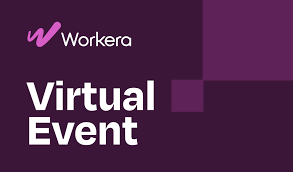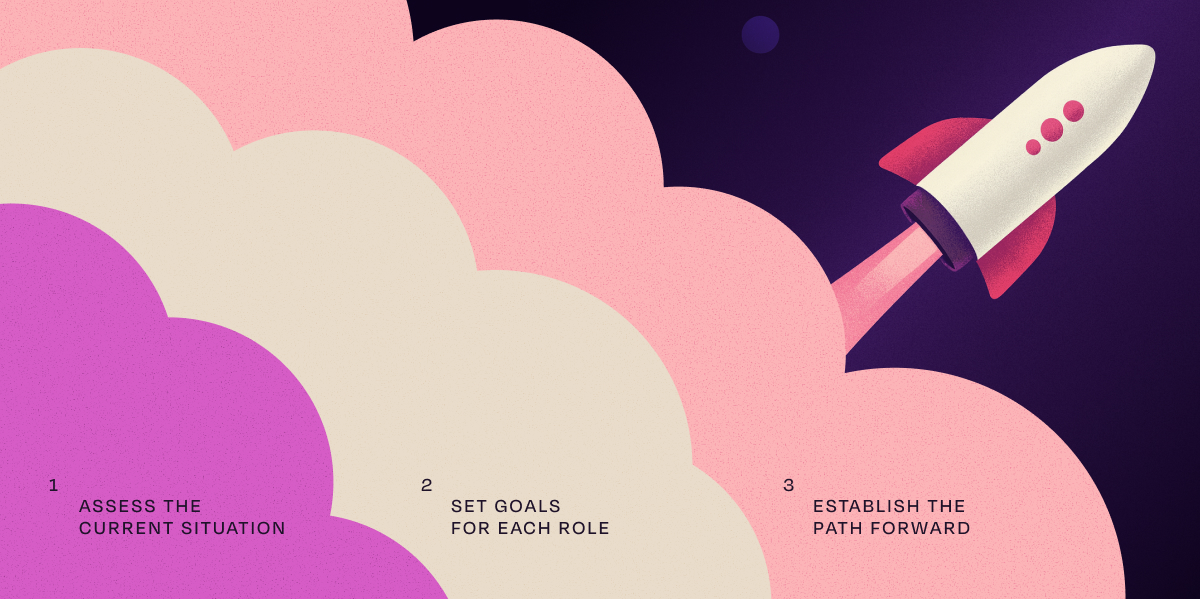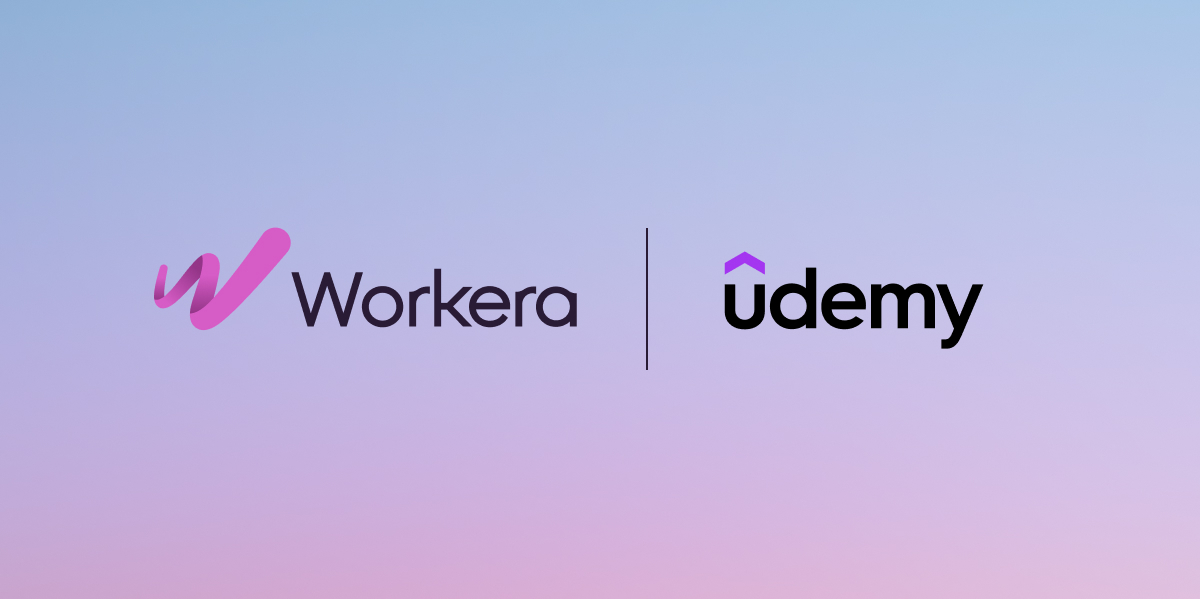First appeared on Fortune.com
Today, companies are moving away from the rigid job descriptions and educational requirements of the past, shifting instead toward a skills-based approach that prioritizes evaluating and training employees for the specific abilities they need to complete their assigned tasks and projects.
In this new environment, any organization must understand its employees’ current skill levels and where they need to focus their attention.
At Workera, we recently conducted an analysis of data from our skills development platform to understand how employees rate their own skill levels. The results have serious implications for any organization that hopes to improve their L&D.
How employees evaluate their own abilities
We gathered anonymized skills data from several thousand Workera users, who together conducted more than 22,000 domain assessments through early 2024. In each case, the user was asked to evaluate their current ability level before performing a computerized adaptive test (CAT). The CAT result is an accurate proxy for their current ability level. Comparing the two scores reveals how accurately a user is able to assess their own skill levels.
Workera assesses domains (larger categories of individual, highly specific skills) on a 300-point proficiency scale. If the difference between the self-assessment and the CAT result is greater than 10 points, we consider the learner to have inaccurately estimated their skill level.
Our analysis found that users underestimated their skill levels in 56% of the cases. Meanwhile, 32% overestimated their skills. Just one in 10 users (11%) accurately estimated their skill level.
1. Even as you increase the margin for error, users are far more likely to underestimate their skill levels. If the difference between the self-assessment and the CAT result is greater than 30 points, we find that 47% underestimate their abilities, 24% overestimate, and 29% fall within the acceptable range of accuracy.
2. In other words, seven in 10 users (71%) aren’t able to accurately judge their current ability levels one way or another.
3. The more technical the subject, the more likely the user is to accurately evaluate their abilities. We broke down the results according to specific domains, ranging from highly technical ones (machine learning, probability, and statistics) to those that depend more on general fluency (generative AI, communicating about AI).
4. The results show that users have a better understanding of their abilities in technical domains. For example, just 17% of users underestimated their abilities in machine learning (55% estimated accurately), while 69% underestimated their abilities in communicating about AI (27% estimated accurately).
Taken together, there are two clear takeaways: Employees are more likely to underestimate their skills than anything else—and a surprisingly low percentage of employees are able to accurately assess their own ability levels.
Why accurate skills measurement matters
Time is a finite resource. Employees can only devote a certain number of hours to skills development.
When employees chronically underestimate their skills, they end up spending valuable time studying material they already understand. The result is a workforce that spins its wheels, standing in place instead of moving forward. Over time, this will add up to a competitive liability as an organization falls behind competitors that understand their ability levels and are constantly driving forward.
Of course, it’s also important to pay attention to the 32% of employees who overestimate their skills. These employees don’t recognize the need to study specific fundamental subjects. As a result, not only do they lack the skills to complete specific tasks and projects but they also lack the knowledge building blocks that will enable them to develop more advanced skills. The result is functionally the same as in underestimation—a workforce that is unable to steadily move forward.
Our research led us to identify four categories of employees, based on their awareness of the relevance of their skills and their own skill levels:
- Unknown unknowns: An employee who overestimates their skills and has skills gaps that prevent confident and safe task execution. This type of employee will exact the highest cost on the company.
- Unknown knowns: An employee who underestimates their own skills and spends valuable time studying material they already understand. That comes at a moderate cost for the employer.
- Known unknowns: An employee who accurately estimates their own skills, devotes effort to acquire the skills required in tasks and projects that they do not currently own. This type of employee can draw the most benefit from precision upskilling.
- Known knowns: This is the least likely scenario. An employee who accurately estimates the skills they know they have.
Lack of measurement is a widespread problem for today’s businesses. According to LinkedIn’s 2024 Workplace Learning Report, only 4% of organizations have reached the measurement phase for their large-scale upskilling projects. This lack of visibility means that organizations and their employees will not be able to lay out effective learning plans for their employees, nor will they be able to confirm when an employee has reached their goals.
Committing to skills-based development is an important first step for the future of work. But for this strategy to succeed, organizations must embrace objective, precise, data-based assessments.





